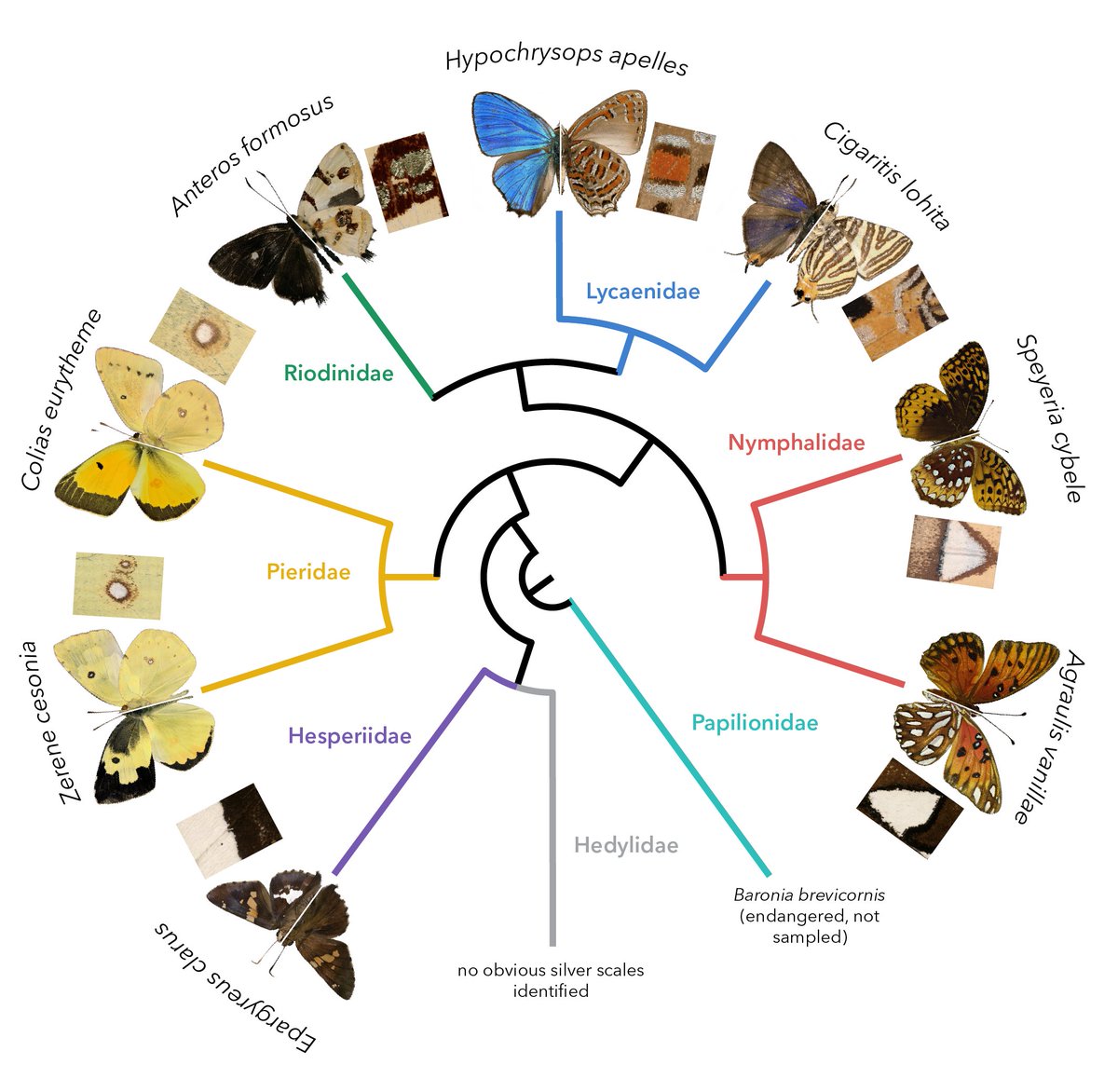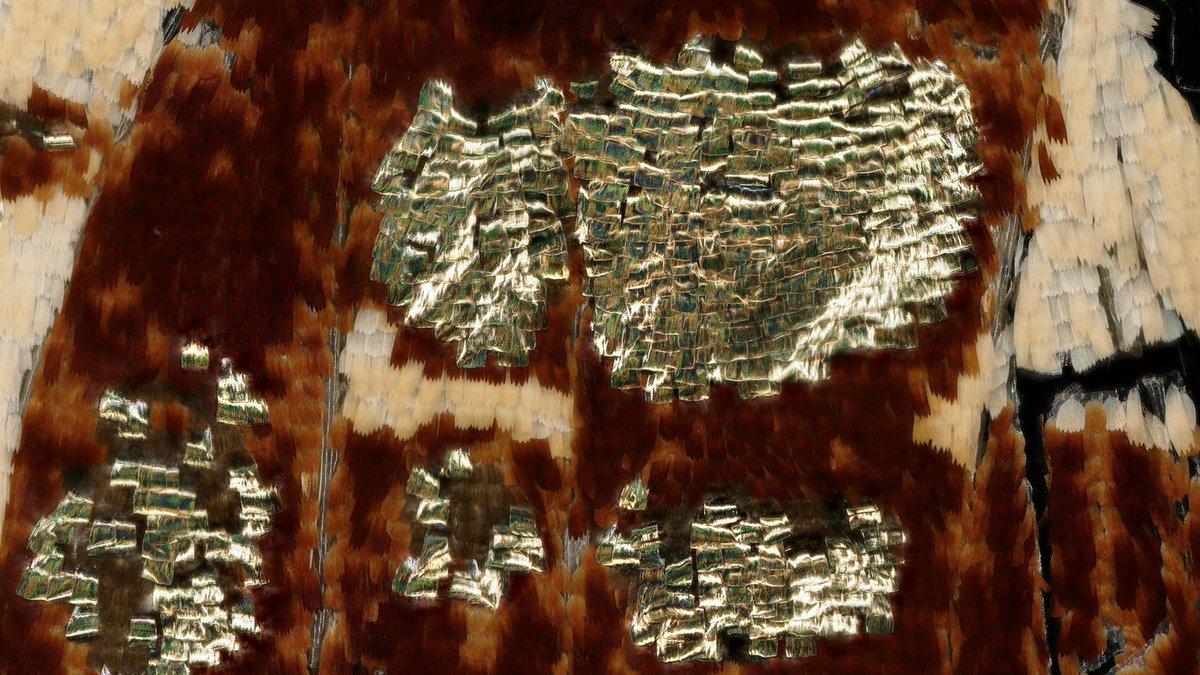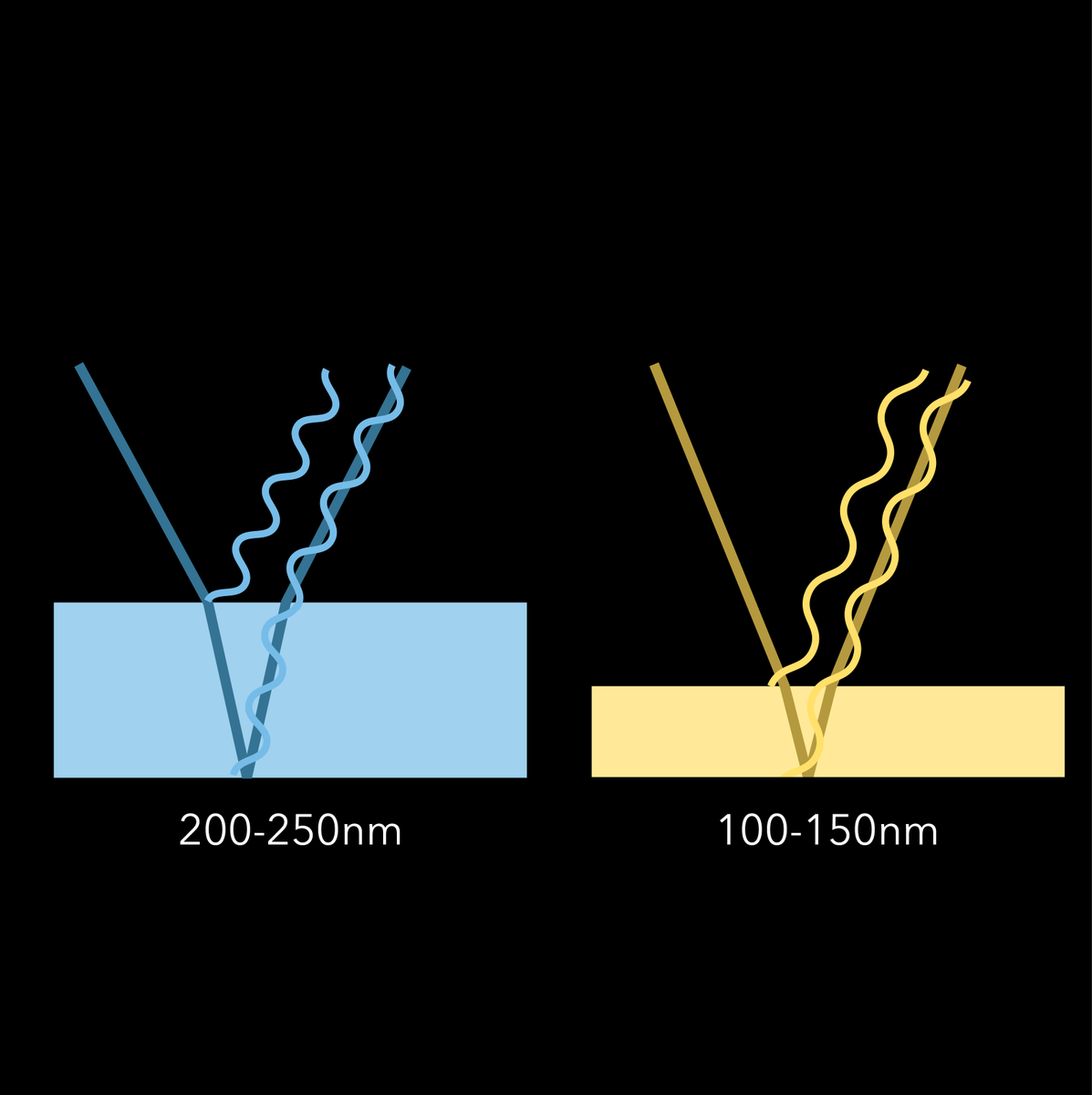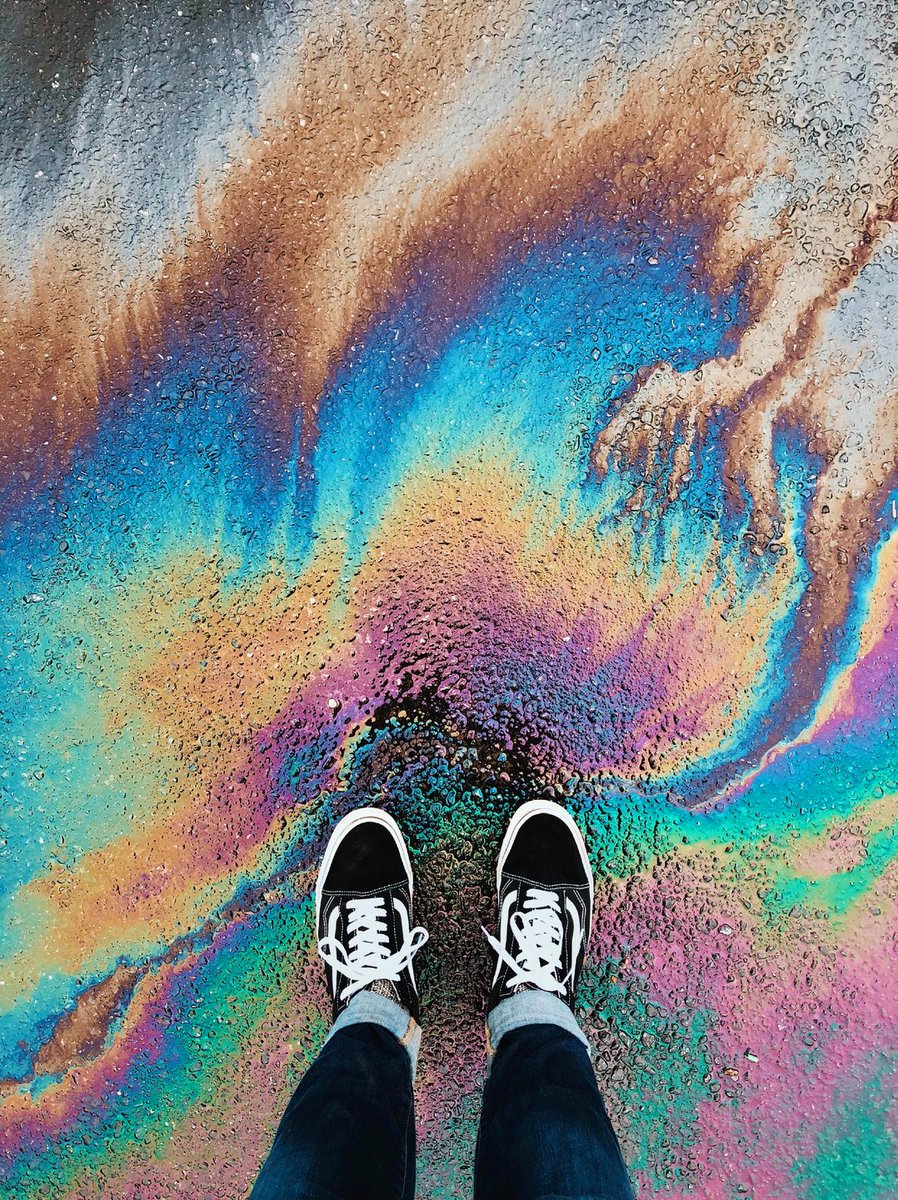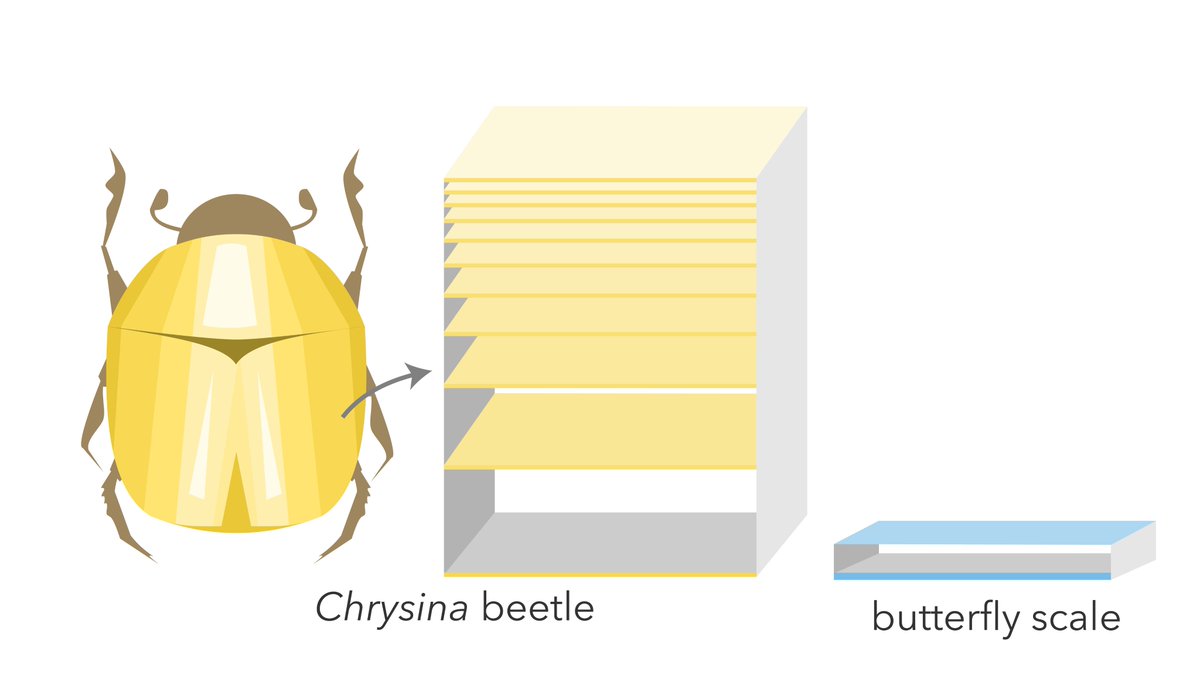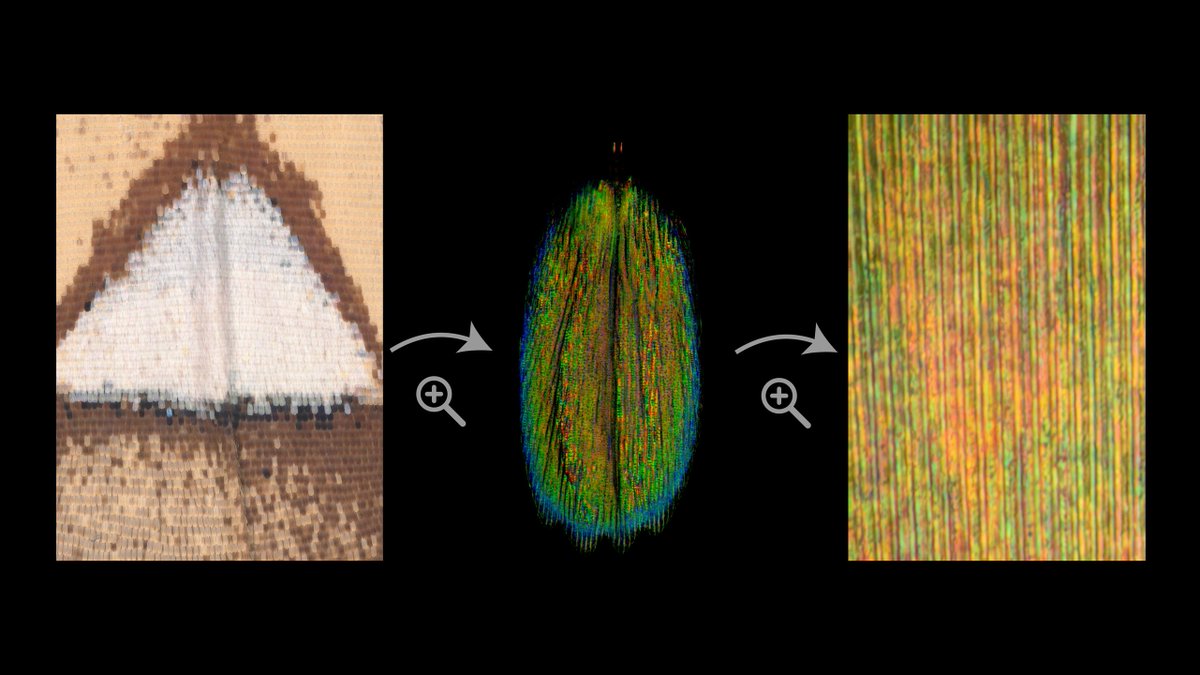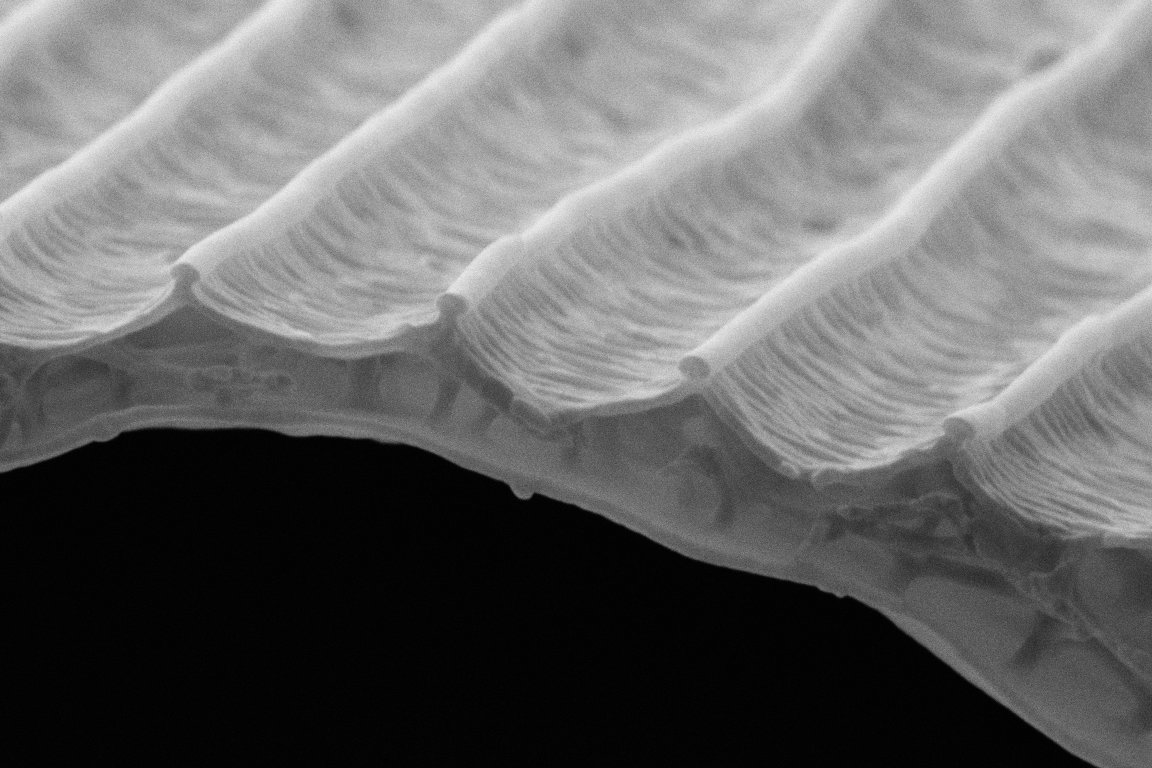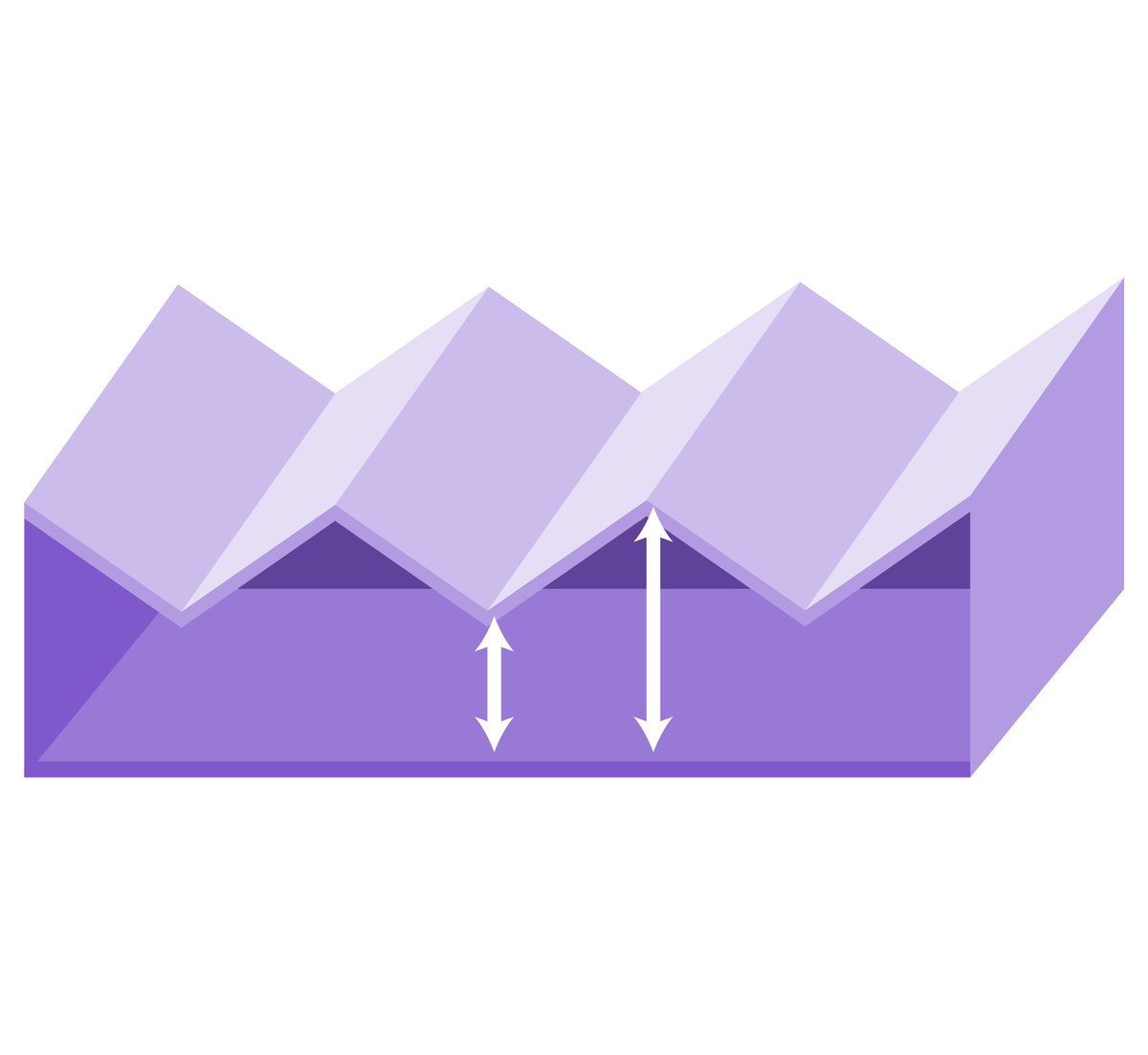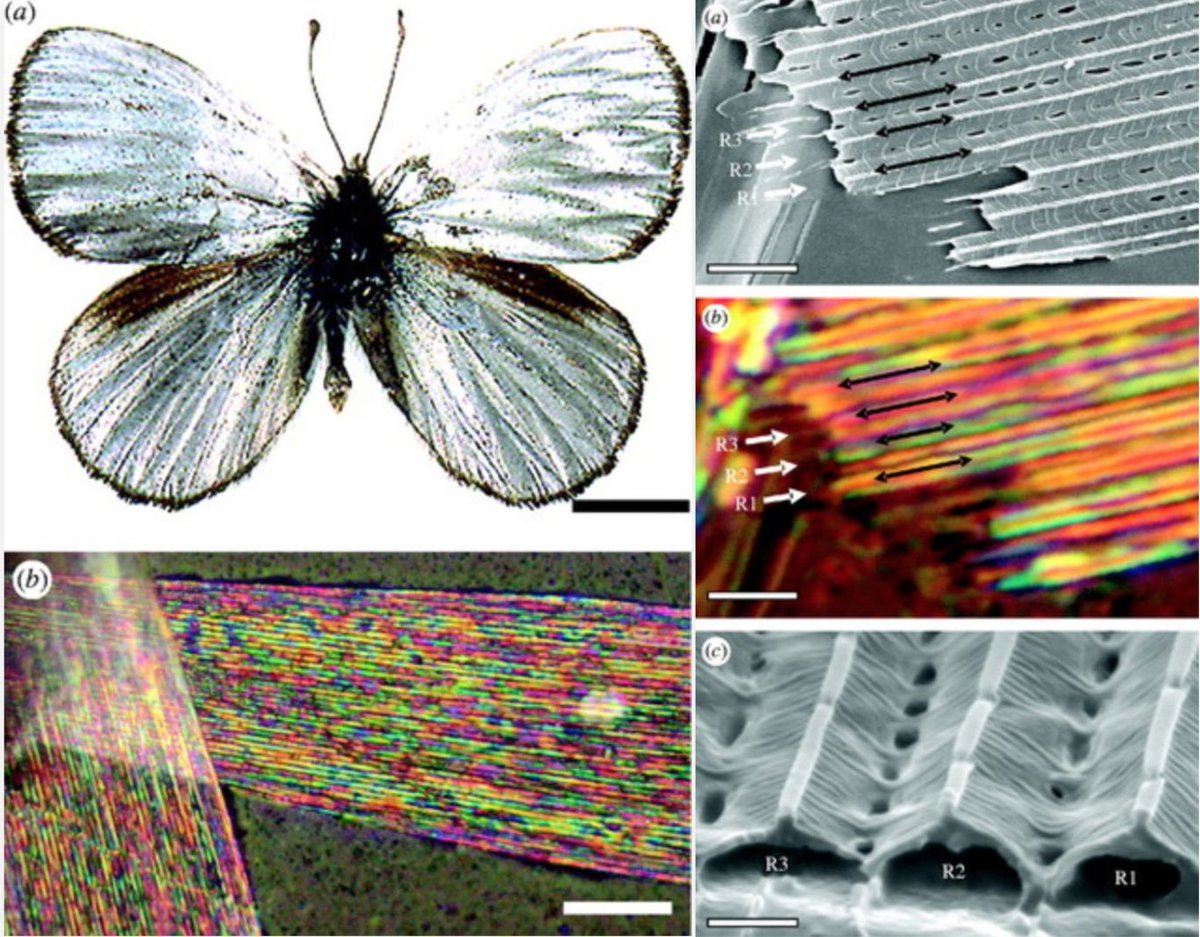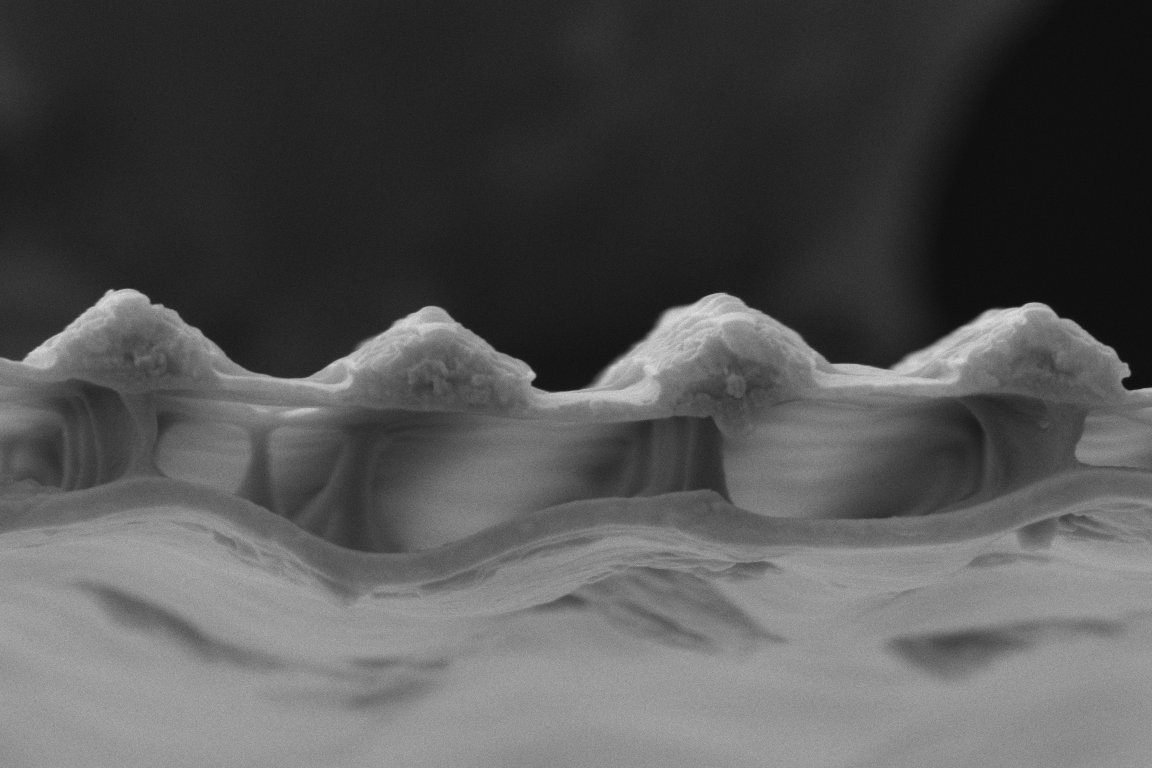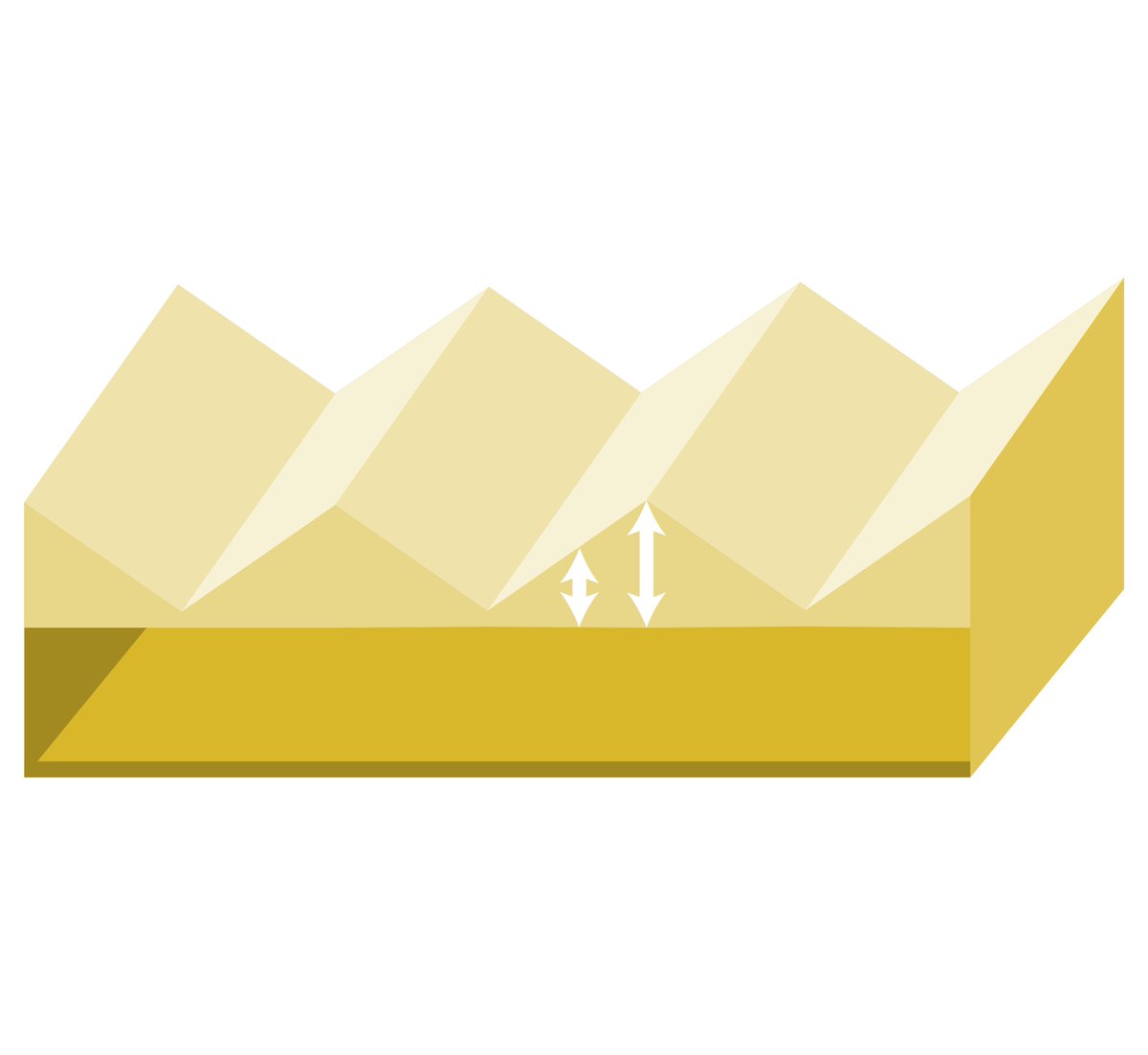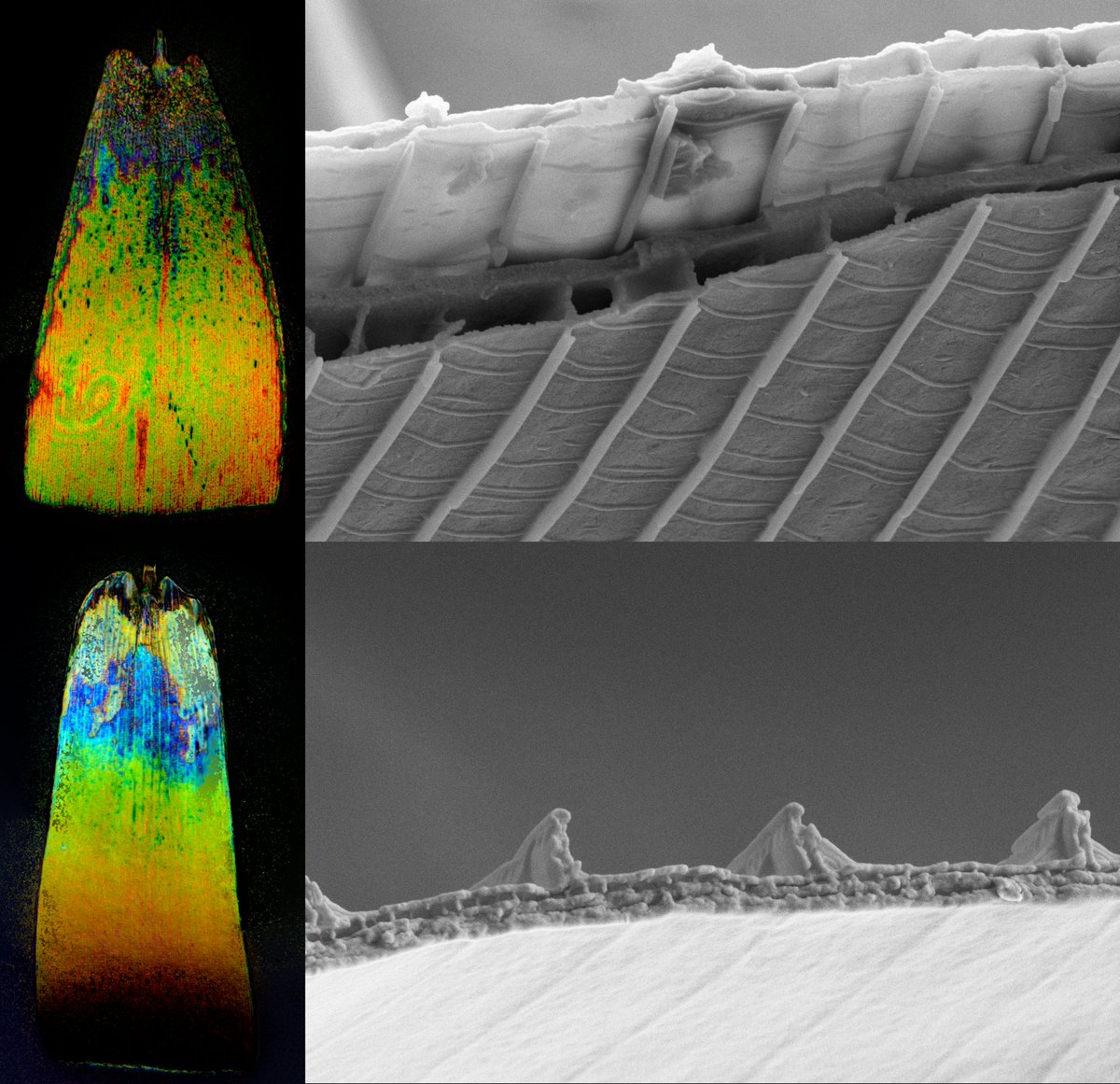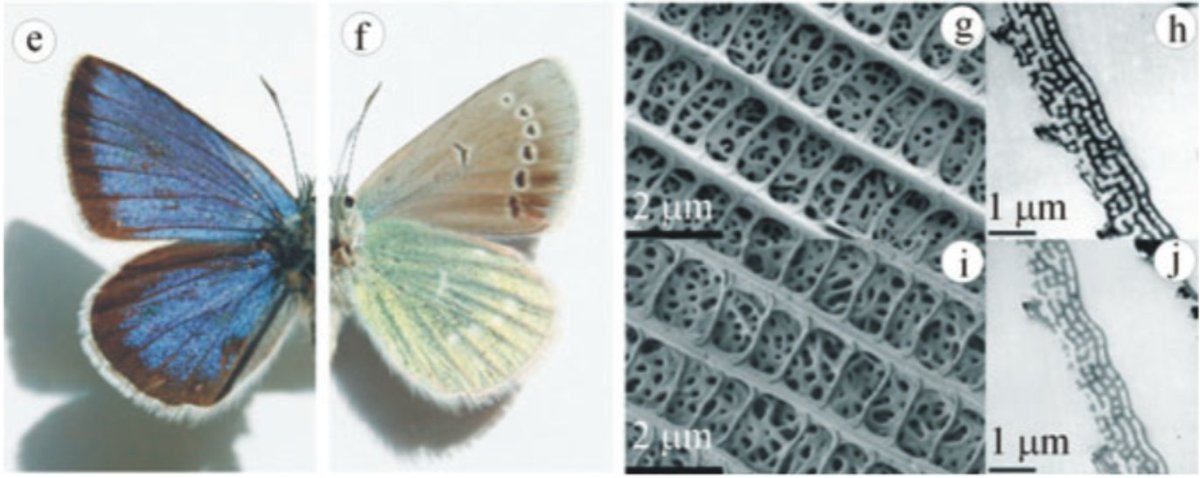1/n Our paper came out, Convergent evolution of butterfly metallic colors : A thread by 1st co-author Anna Ren https://www.frontiersin.org/articles/10.3389/fevo.2020.00206">https://www.frontiersin.org/articles/...
2/n How do butterflies make silver and gold? How is it so widespread across different butterfly families? We studied 7 species from 5 butterfly families
3/n First of all, how does nature make silver? No real metal involved (ultra reflective Ironman beetles would be pretty cool though), and pigments aren’t so shiny. So structural color!
4/n But what exactly is silver? Visible “white” light is all of the wavelengths, and silver is like that but more specular, or directional. The simplest unit of structural color, a thin film (think oil on water) is an interface between materials, and it makes one color.
5/n So… many interfaces stacked reflect multiple wavelengths? Turns out that’s pretty much how fish scales and scarab beetles work. All those layers are really thick though, easily 50 times thicker than a butterfly unit of color, the scale.
6/n Instead, much like the LEDs in your screen, individual colors like red, green, and blue located really close together can ‘add’ across the distance to create what looks like one color (“spatial color mixing”)
8/n A lot of these butterflies have scales with a sawtooth cross section. The changing height of the scale makes different thicknesses of the middle air layer, and these different thin films produce the strips of color.
9/n This was described and modeled by Pete Vukusic et al, in a nymphalid butterfly that is completely covered with silver scales (figures below from DOI: 10.1098/rsif.2008.0345.focus)
10/n We found this undulating profile in a nymphalid as well as way more distant butterflies, like skippers and sulfurs. Convergent evolution!
11/n The Great Spangled Fritillary shows similar undulation, but using another evo trick. Instead of variations of air-based thin films, the scale ridges are thickenings of the chitin layer, creating chitin-based thin films instead
12/n Or, colors can appear as a gradient! In some we see different lower lamina thickness, and others we see multilayering within the scale. So - thickness gradients and different types of multilayers along the scale?
13/n Other lycaenid butterflies are known to produce green and blue iridescence using this multilayering. See fig. below from https://doi.org/10.1016/j.msec.2006.09.043">https://doi.org/10.1016/j...
14/n the silver version seems elaborate on this trick to generate a rainbow. Is it possible to get different types of multilayering - and so diff colors - along the scale? We could not understand how yet, but in contrast with blue, silver had filled top surfaces i/o perforations
15/n [ @RachelCThayer has an amazing paper on thin films in Junonia, and a gradated thin film thickness can produce a color gradient along the scale that spatially adds to appear grey. Silver could be a variant on the same mechanism! https://doi.org/10.7554/eLife.52187]">https://doi.org/10.7554/e...
16/n Externally, though, they all look pretty similar. Compared to other scales, silvers have low pigment and simpler features: a filled-in top layer, w/ ridges further apart. Still, mechanism is reflected externally - we found that Anteros was more reflective than aluminum foil!
***the end*** Many thanks to @annaphylaxis, Chris Day, @Hanliconius, @zapkapow, @briancounterman, the @GW_OVPR Nanofabrication and Imaging Center, and our Editors at @FrontEcolEvol for a phenomenal Special Issue on #ColorPatterns
and @NSF for funding!

 Read on Twitter
Read on Twitter